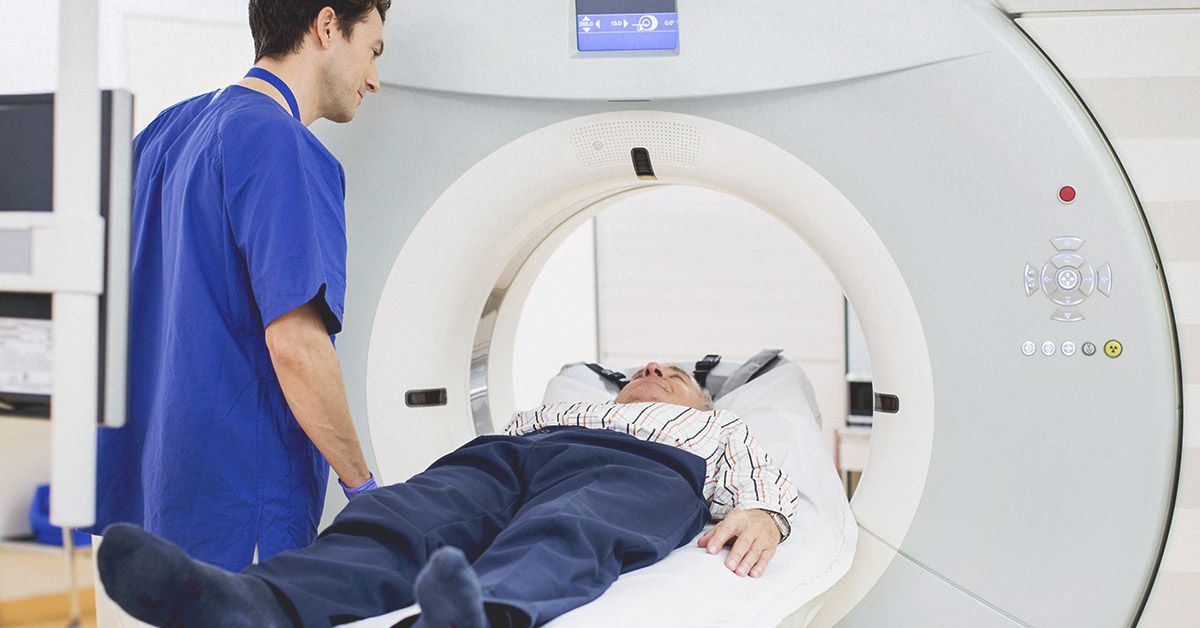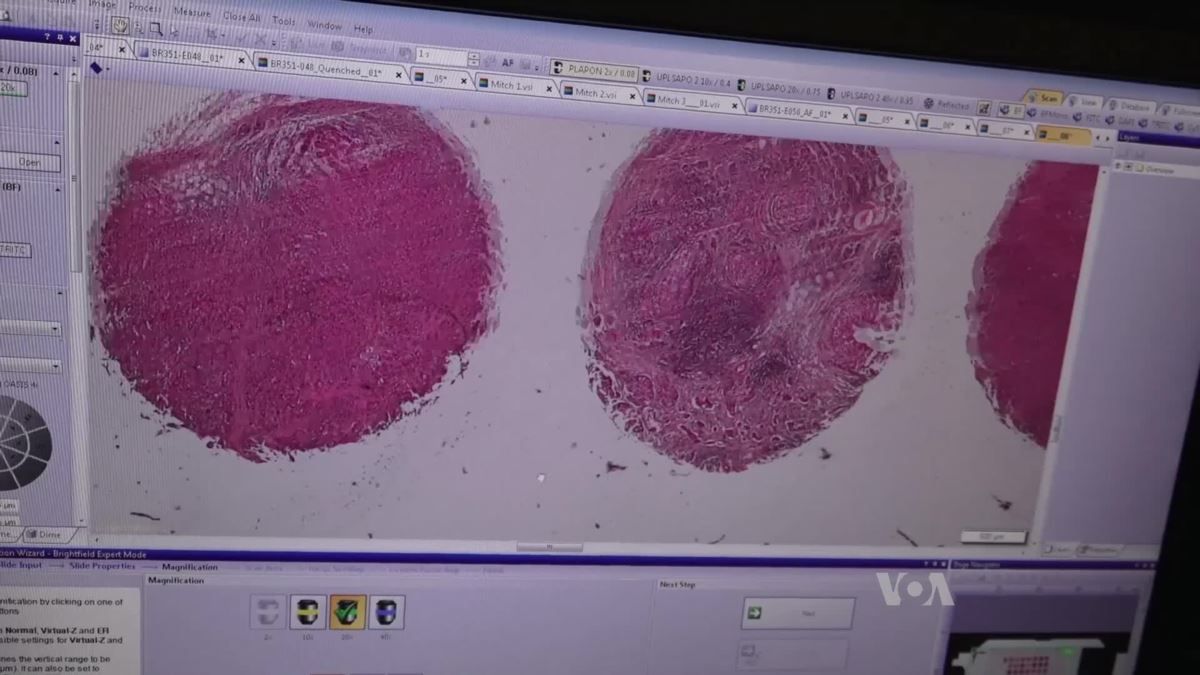I’m Caleb Harper, principal investigator and director of the Open Agriculture initiative at the MIT Media Lab. Kent Larson courtesy of MIT Media Lab.
In his book Tomatoland: How Modern Industrial Agriculture Destroyed Our Most Alluring Fruit, Barry Estabrook details how grocery store tomatoes are both less nutritious and delicious than those grown decades ago. Industrial farming now grows crops for yield, sacrificing taste and vitamins for an easy-to-harvest, shippable product. It’s why apples at your local supermarket are probably about a year old. Caleb Harper, a principal research scientist at MIT and director of the OpenAg Initiative, wants to use technology to grow food that’s healthier, tastier, and more sustainable.
“Growing for nutrition and growing for flavor, it’s not really something anyone does,” he told Digital Trends at the recent ReThink Food conference in Napa, California.








